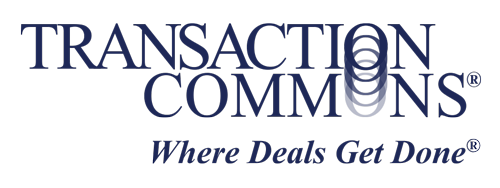The Signing Pen Mindset – Your Signature Means A Lot!

It may sound quaint or old-fashioned, but there was a time when a seasoned business executive would keep a special “signing pen” for executing important agreements. Using a special pen for significant transactions captured the mindset that by writing their name, the signer had approved the agreement and accepted responsibility for the transaction. The agreement probably defined a relationship or a transaction that was critical to the organization and the signer’s name would be on it – and associated with it – for years into the future. The business executive took that last step of signing with deliberation and care. They read and understood the document before touching it with the signing pen.
Where does the signing pen, or at least the mindset that it represents, fit into today’s transactions? Modern transactions are often completed with a finger signing on a screen or clicking a button to add an artificial digital signature. The finger signature might look like that of a five-year-old, and the signer might not recognize it as their own a few days (let alone years) later. The digital signature is a typed name and requires more backup (almost certainly electronic) to associate it with the signer. Either way, the document gets “signed“ and everyone moves on. In an electronic signature world, recognition of the visible signature is less important than the electronic backup that “proves” approval by the signer. So “click to agree” and “get it done fast” have become the new mindset.
We look back with nostalgia on the signing pen and what it represented – a heightened level of attention, care, and formality around the approval of important agreements. Studies show that everyone – regardless of age – reads and comprehends a printed page more effectively than a document on an electronic screen. So the paper “wasted“ by printing the document to read and understand it may not really be a waste after all. Technology has brought us a long way from the signing pen. But in our view, a faster “signing” step at the end of the transaction does not represent greater efficiency or effectiveness.
Once you have reviewed and understood the document (with the right professional guidance) go ahead and sign the document electronically if that is the agreed upon approach. The most important aspect of the signing process is the mindset of the person signing. The signer should be just as thorough and confident about the integrity of the transaction agreement when signing electronically as they would be if they were using their signing pen.
For your most important transactions, consider being a little old-fashioned and sign a printed page with an ink pen (with a signature that is clearly yours). Then you can scan the signature page and exchange it electronically with the other parties. This really isn’t much of an inconvenience with a collaboration platform like Transaction Commons. You may even get a nice pen, keep it in a special place, and pull it out for the occasion of signing a significant document.
How is this consistent with the Transaction Commons objective of transaction efficiency? We believe that the best opportunity for efficiency is in the process of organizing and exchanging draft documents and due diligence information leading up to the final agreement. There are many opportunities for improving efficiency in the transaction process – in particular, getting document drafts out of disorganized email exchanges and onto a secure platform where all parties can access and negotiate them easily and accurately. With an efficient overall transaction process there is time and opportunity for careful review of the final agreement that will enable you to confidently sign your name. Maybe even with your own signing pen.
